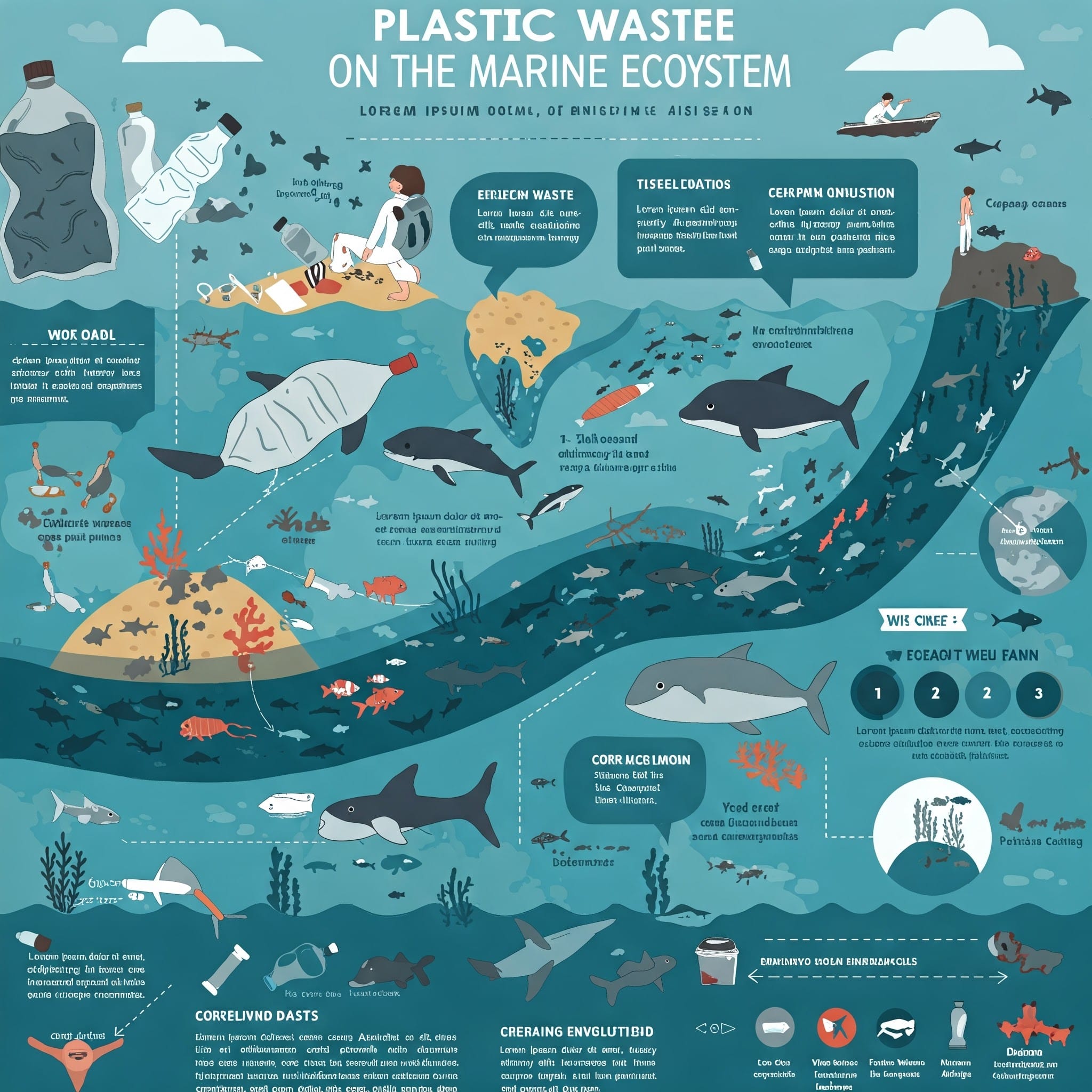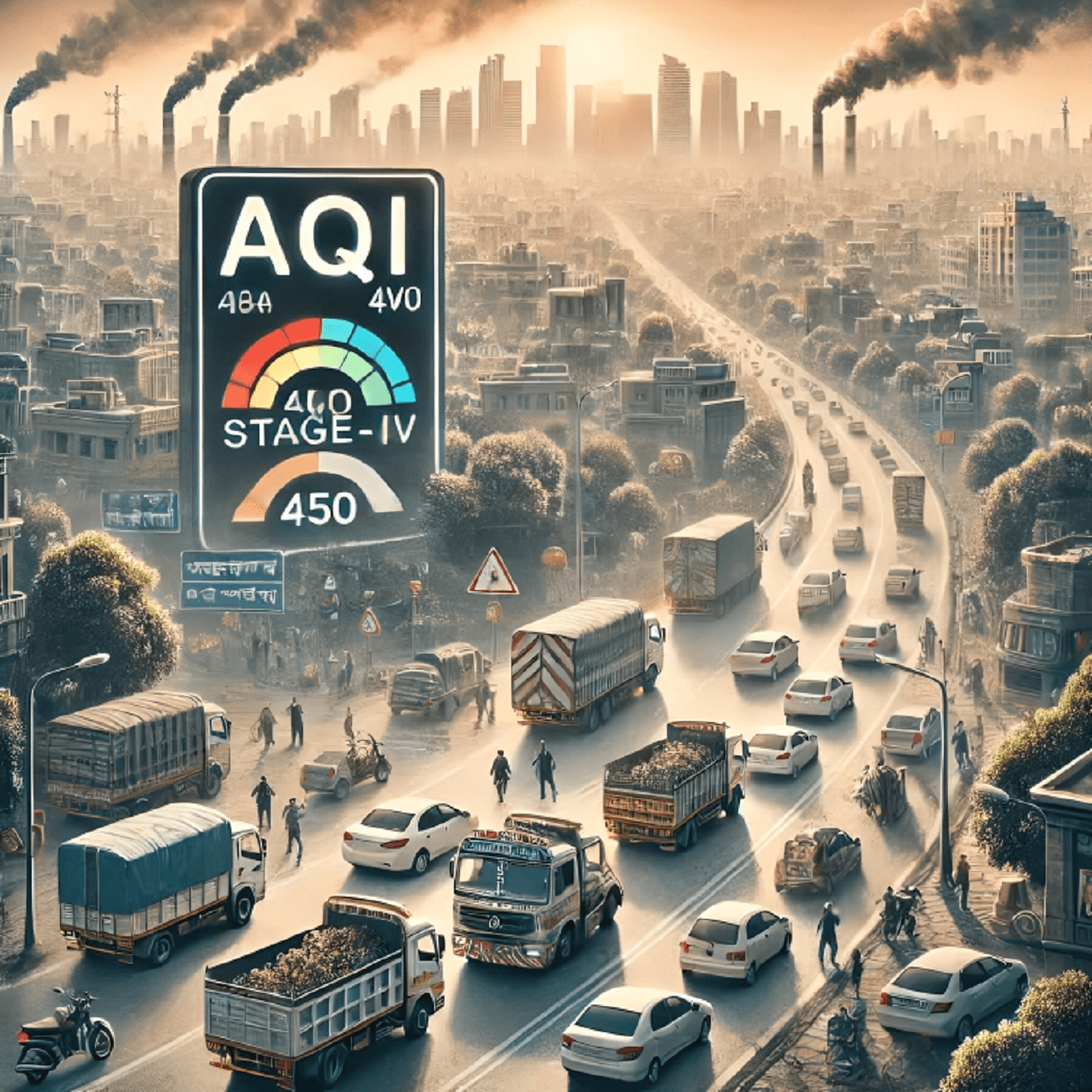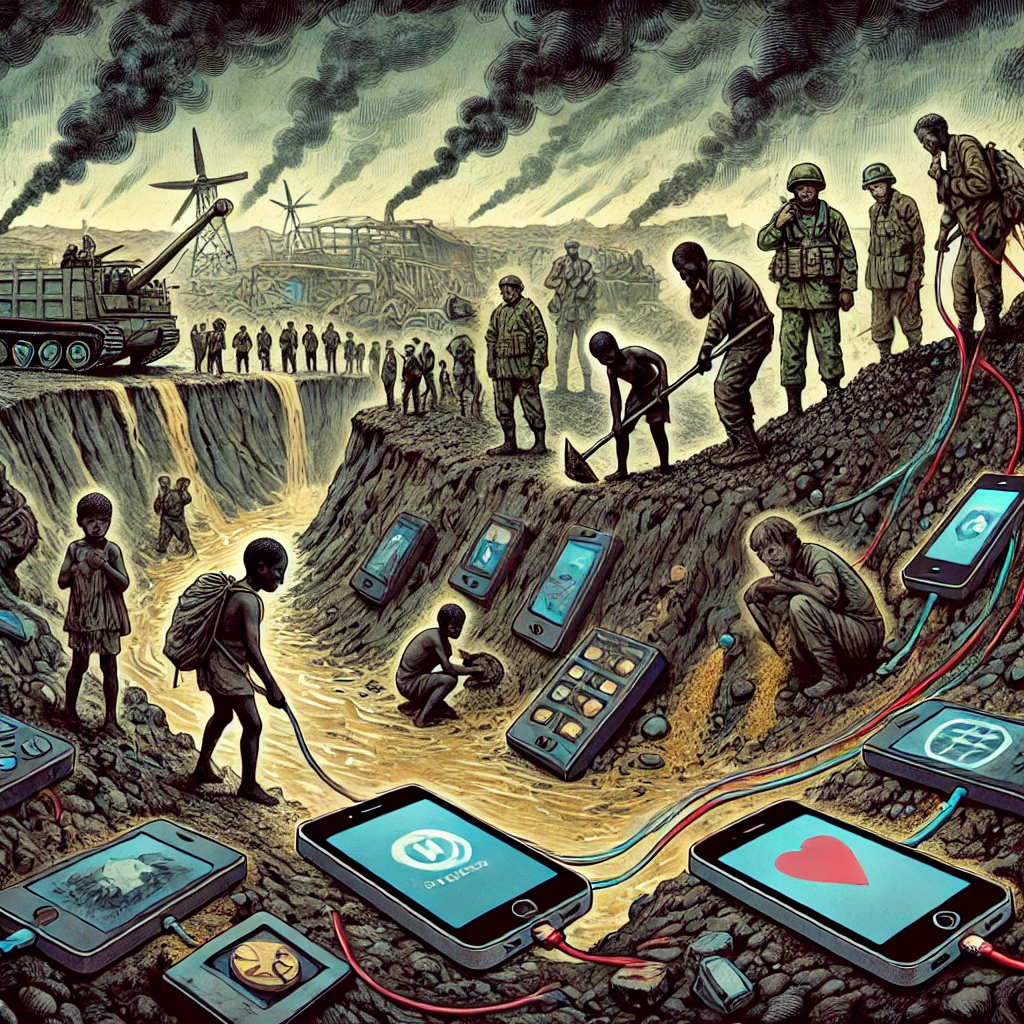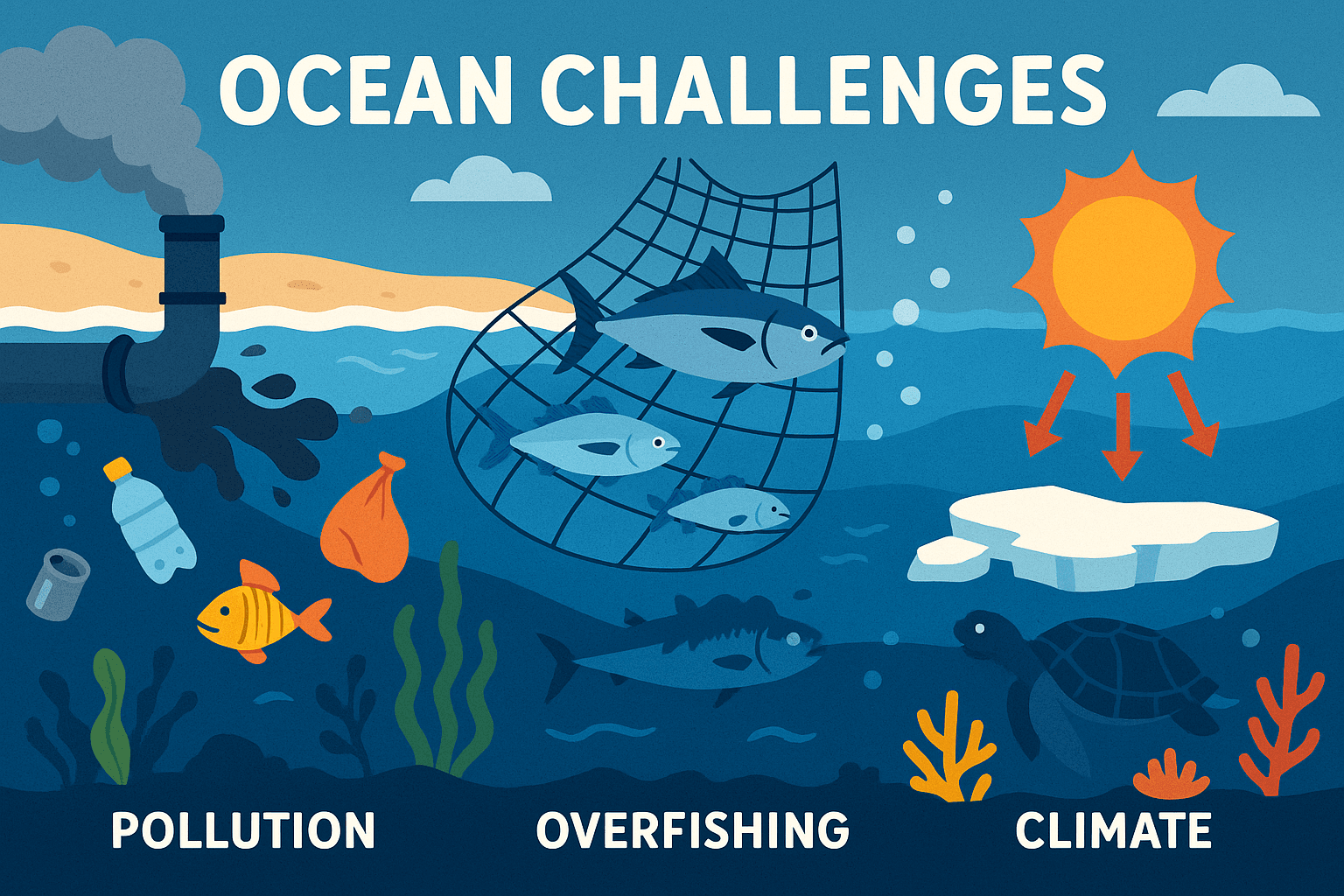Our oceans, the lifeblood of our planet, are sending out a distress signal. A silent, suffocating crisis is unfolding beneath the waves, and the culprit is tragically familiar: plastic. From majestic whales to the tiniest plankton, marine life is facing an unprecedented threat from the ever-growing tide of plastic pollution. This isn’t just an environmental issue; it’s a matter of life and death, and the consequences are rippling throughout the entire ecosystem.
The Suffocation Crisis: A Tangled Web of Death
Imagine struggling to breathe, your limbs constricted, panic setting in as you realize escape is impossible. This is the grim reality for countless marine animals entangled in plastic debris. Abandoned fishing nets, plastic bags, and discarded packaging create a deadly web, trapping creatures of all sizes. Seals, dolphins, whales, and sea turtles are among the victims, often suffocating or starving to death after becoming ensnared. The images are heartbreaking, a stark reminder of the devastating impact of our throwaway culture.
The Toxic Tide: A Poisonous Legacy
Plastic doesn’t just kill through entanglement; it also poisons. As plastics break down in the ocean, they leach harmful chemicals into the water. These chemicals, some of which are known endocrine disruptors and carcinogens, then make their way into the marine food web. From the smallest plankton to the largest predators, marine organisms ingest these toxins, accumulating them in their bodies over time. This “toxic tide” not only threatens the health of marine life but also poses a risk to human health through the consumption of contaminated seafood.
The Ecosystem Unraveling: A Domino Effect
The impact of plastic pollution extends beyond individual animals. It’s disrupting entire ecosystems. Coral reefs, vital breeding grounds and biodiversity hotspots, are being smothered by plastic debris, blocking sunlight and hindering their growth. Microplastics, tiny plastic particles resulting from the breakdown of larger plastics, are infiltrating every level of the food chain, disrupting feeding patterns and potentially causing genetic mutations in marine organisms. The delicate balance of the ocean ecosystem is being thrown into disarray, with potentially catastrophic consequences.
The Unseen Threat: Hidden Dangers
Beyond the visible impacts of plastic pollution, there are unseen threats lurking beneath the surface. Floating plastics can act as rafts for invasive species, transporting them to new environments where they can disrupt local ecosystems. They can also carry disease-causing pathogens, potentially spreading diseases among marine populations. These hidden dangers add another layer of complexity to the plastic pollution crisis, making it even more challenging to address.
A Call to Action: Turning the Tide
The situation is dire, but not hopeless. We can still turn the tide on plastic pollution, but it requires immediate and concerted action. We need to reduce our reliance on single-use plastics, improve waste management systems, and support initiatives that are working to clean up our oceans. Every individual has a role to play, from making conscious consumer choices to advocating for stronger environmental regulations. The SOS from the ocean is clear: we must act now to protect marine life and preserve the health of our planet. The future of our oceans, and indeed our own future, depends on it.



